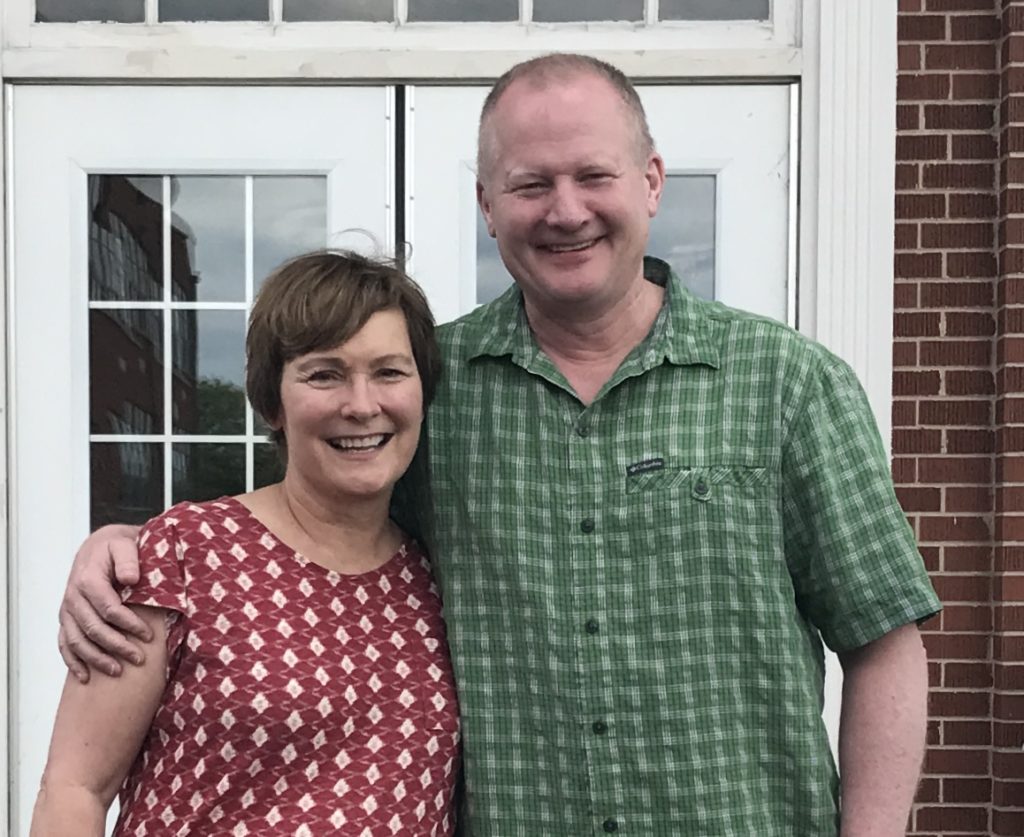Minnesota - The heart of the matter
the hcm act will help identify Cardiac Health issues in patients with a spectrum of Diseases including Hypertrophic cardiomyopathy
Sudden cardiac death (SCD) is a sudden, unexpected death caused by loss of heart function (sudden cardiac arrest). Sudden cardiac death is the largest cause of natural death in the United States, causing about 325,000 adult deaths in the United States each year.
Multiple conditions and risks can make children prone to sudden cardiac arrest (SCA) or sudden cardiac death (SCD) as well as other complications of heart disease. To date, the focus has mainly been only on screening student-athletes.


By the numbers:
One of the disorders in the spectrum is Hypertrophic Cardiomyopathy which is often misdiagnosed or worse yet - overlooked until it is too late.
But with more attention focused on this problem, we can improve the diagnosis delay.
Like Karen, there are close to 2,700 Minnesota State constituents potentially affected with cardiac disorders per EACH State Senator’s District, with over 420 being Hypertrophic Cardiomyopathy*.
There are up to 1,300 constituents potentially affected with cardiac disorders per EACH House of Representative Member’s District in Minnesota with up to 210 being Hypertrophic Cardiomyopathy.
To view the full report on the prevalence of cardiac disorders in the state of Minnesota: Click here
Please, listen to our patient stories, and take action to support the HCM Act. Draft legislation is available for review: https://4hcm.org/health-cardiac-monitoring-act/
The HCMA has many members from Minnesota. They share a deep understanding of the benefits of childhood screening and early diagnosis.
Hear from a State of Minnesota Constituent - Help save us now:
Karen’s family has a long history of HCM and sudden cardiac arrest. There are four generations confirmed with a diagnosis of HCM and suspicion of cases traced back another generation or two. Karen herself was diagnosed in 2003 at age 44. She received an implantable cardioverter defibrillator (ICD) immediately after diagnosis, despite being asymptomatic, because of her strong family history.
In the next seven years, she received appropriate shocks on four separate occasions for ventricular fibrillation (V-fib), a dangerous arrhythmia which can lead to sudden cardiac arrest and possibly death. Karen also developed heart failure which required an open-heart surgery called a myectomy a few months later. While the myectomy improved her symptoms and quality of life, the V-fib continued. Her ICD has successfully averted sudden cardiac death five more times since then. Doctors put her on powerful medications, including ranolazine and amiodarone, to treat her arrhythmia and symptoms.
Thankfully things were quiet for seven years without V-fib, but she had a shock on Christmas Eve in 2019, saving her once again. Hopes that it was a random event and that her medical management would hold her in normal rhythm were dashed when a few months later she had another sudden cardiac arrest. After her electrophysiologist consulted with other specialists around the world, it was decided a change in medications was necessary. She was taken off metoprolol and amiodarone, kept on ranolazine, and added nadolol as her beta-blocker. So far, the medication regimen seems promising, but she wishes there was a drug that would stop cardiac arrests altogether. HCM management can be frustrating for patients when what had previously worked fails, and we must once again adjust the sails and navigate to a new therapeutic option.
When Karen was working as a schoolteacher, she would have to tell her kindergarteners about her condition and how to respond if her ICD went off. Now she often works as a substitute teacher, but her driving privileges were suspended for most of the past year due to her loss of consciousness which accompanied the last two cardiac arrests. Because of this, transportation arrangements needed to be worked out to get to the schools she substitutes at, which added another challenge on top of the strains of everyday life.
Karen is thankful to have HCM knowledgeable physicians as part of her care, but stressful situations happen. To deal with those negative emotions, she uses prayer to ground her. She also lists what she is thankful for to help find the positive side of any negative situation she might be facing. Living with HCM need not mean living in fear of it but appreciating life each and every day regardless of the hurdles placed before us.
